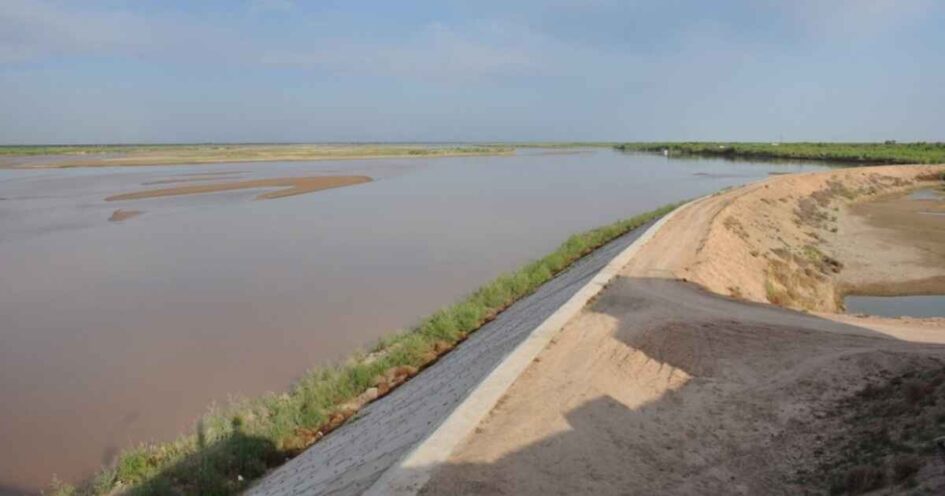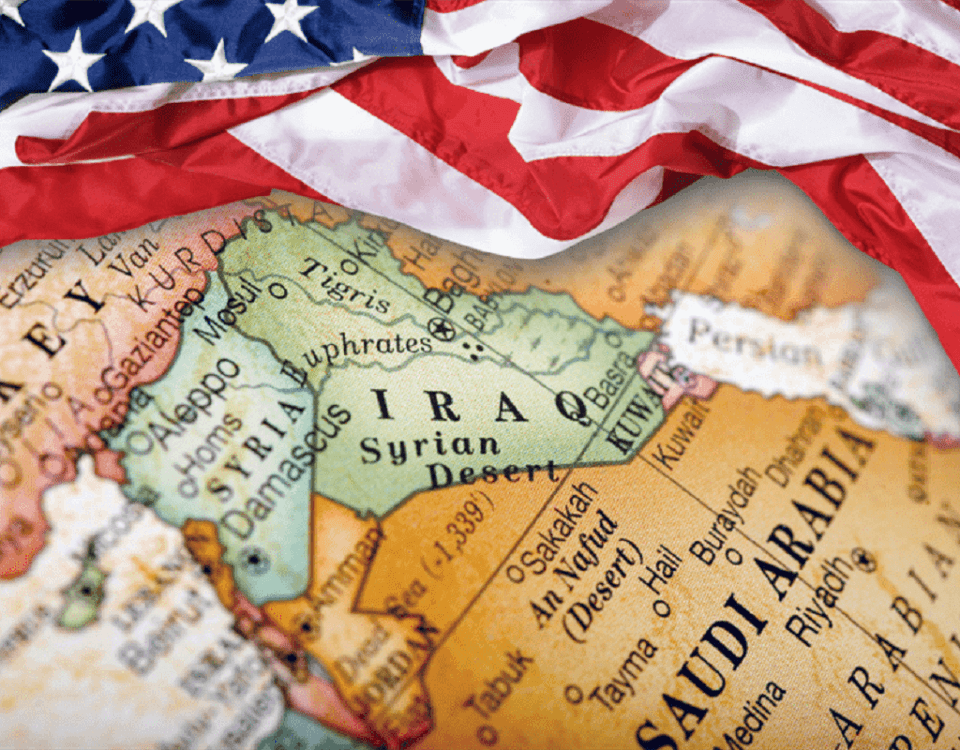
Yemen’s Policy Towards Palestine Israel Issue: A Stance of Resistance and Solidarity
November 26, 2023
Xi Jinping’s U.S. Visit
November 29, 2023
Shanza Rehan
Afghanistan is a landlocked country with a rich and diverse landscape. Its history is filled with culture and tradition but political instability, violence, and war have also left a strong mark. Since The United States of America pulled out of Afghanistan after 20 years of war on terror, the Taliban have occupied the land again. Many challenges have presented themselves to the Taliban since the United States pulled out including water scarcity. Agriculture is the backbone of Afghanistan’s economy, which provides livelihood for a significant portion of the population. To combat the famine, drought, and water scarcity the Taliban after their takeover has decided to build a major infrastructure project which is known as the 115-mile Qosh Canal. It is designed to divert almost 20 percent of the water from the Amudarya River, shared with Turkmenistan and Uzbekistan, across the parched lands of northern Afghanistan.
This canal is foreseen to be a game changer for villages in different provinces such as the Jowzjan province. Due to the four decades of war and instability, the administrative issues have risen to an all-time high like the worsening crisis of food shortage, a long period of dry spell over the land, and the emerging trend of climate change has wreaked havoc over the violence-stricken state. According to official reports, the temperature has risen nearly by 1.8 degrees in the past 70 years. For the internationally isolated Taliban, this project is a crucial test of their ability to govern, to establish their legitimacy. The project was initially conceived under the first Afghan president Mohammad Daoud Khan in 1970 but its initiation took place in 2021 after the Taliban takeover.
The Qosh Tepa canal will be 285km in length and nearly 100 meters in width. It will help irrigate 5500 square kilometers. For its construction as per Afghan press sources, more than 5500 people are employed in its construction. About 3300 units of machinery are in current use and more than 200 local companies are working as sub-contractors under the supervision of the Afghanistan National Development Company. The Taliban have initiated the project in two phases, the first phase is being completed by the Taliban’s revenues, and this part is nearly 100 kilometers long in length, and the cost estimate totals 91 million USD. For the second phase, the funds would be generated by the sale of the Dar-e-Souph mines. The capacity of the canal is promised to be able to carry 650 cubic meters per second of water toward the provinces of Balkh, Jowzjan, and Faryab.
The former deputy foreign minister Mohammad Faizee also said that The Qosh Tepa canal will provide a good narrative for the Taliban and it will showcase the Afghan development as well because the project is not funded by international aid. Its operation and management will also be done by the state’s funds. Najibullah Sadid, a water resources engineer and researcher at the Federal Waterways Engineering and Research Institute in Germany, said feasibility studies have shown that 22 percent of water would be lost to seepage along some sections. Sediment might also clog the intake mechanism where the canal joins the Amu Darya, potentially requiring prohibitively expensive repairs, he said. The birth of this artificial canal will bump up the hydropower infrastructure of the states, fulfilling its energy needs; the integration of renewable energy into the national grid enhances energy security and promotes sustainable development.
In a statement, Abdul Qahar Balkhi, a spokesman at the Afghan Foreign Ministry, acknowledged there were “questions” about the Taliban’s ability to manage the canal and contain water disputes, but said they would be solved. “The Islamic Emirate of Afghanistan retains experienced water management experts and remains committed to water rights of neighbors in line with existing treaties,” Balkhi said. “As climate change has disproportionately harmed Afghanistan and the region due to consecutive drought years and depletion of water reserves, it is therefore vital that major carbon-emitting countries take the lead in tackling this crisis.”
Many challenges do lie ahead but the Afghanis are determined to prove their self-worth and the public is doing all in their power to normalize peace, development, and prosperity. They are open to new chances as long as it fulfills their basic need without the use of violence. The people of the land are finally able to make the land their home rather than an occupied territory by foreign powers.
The writer is a student of International Relations.






